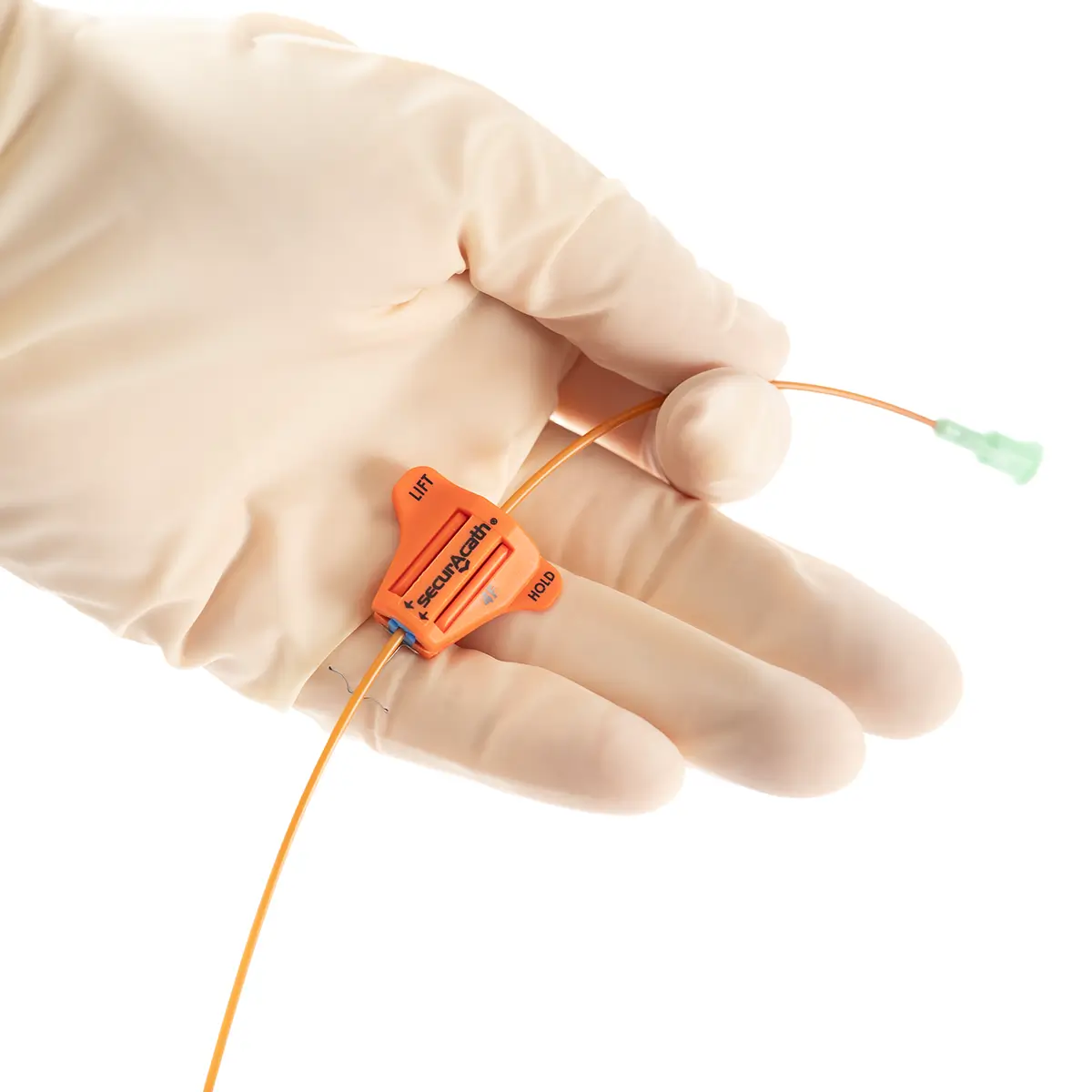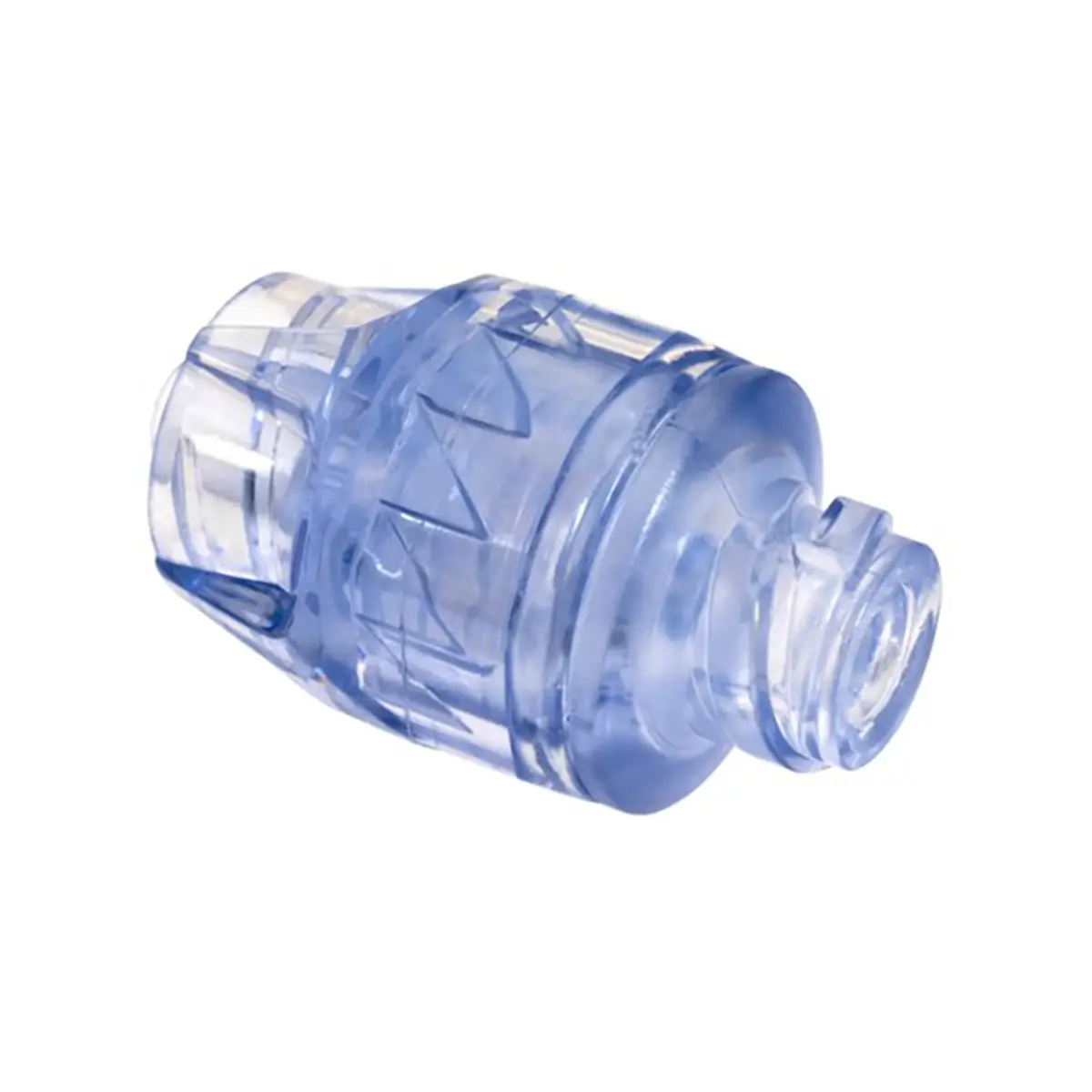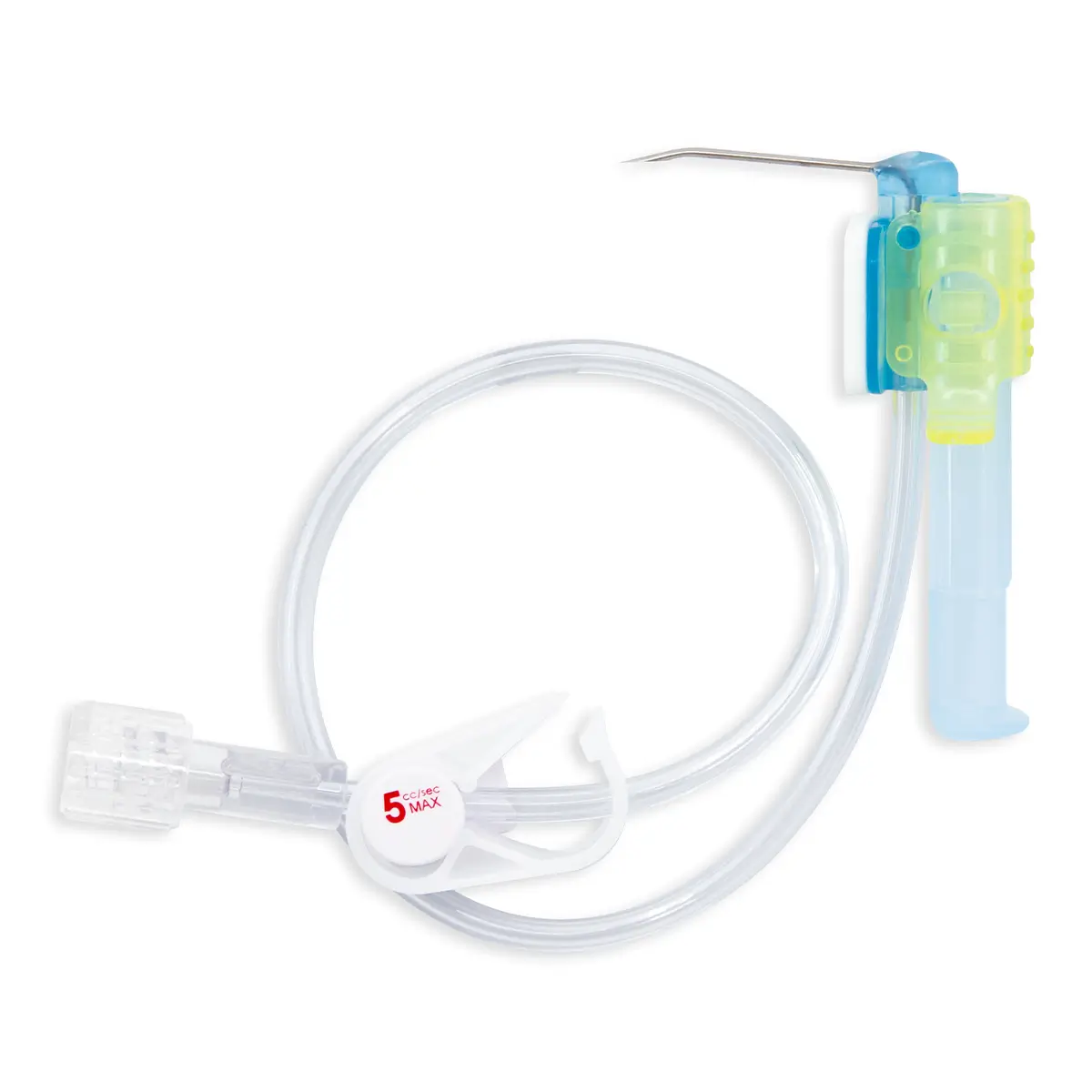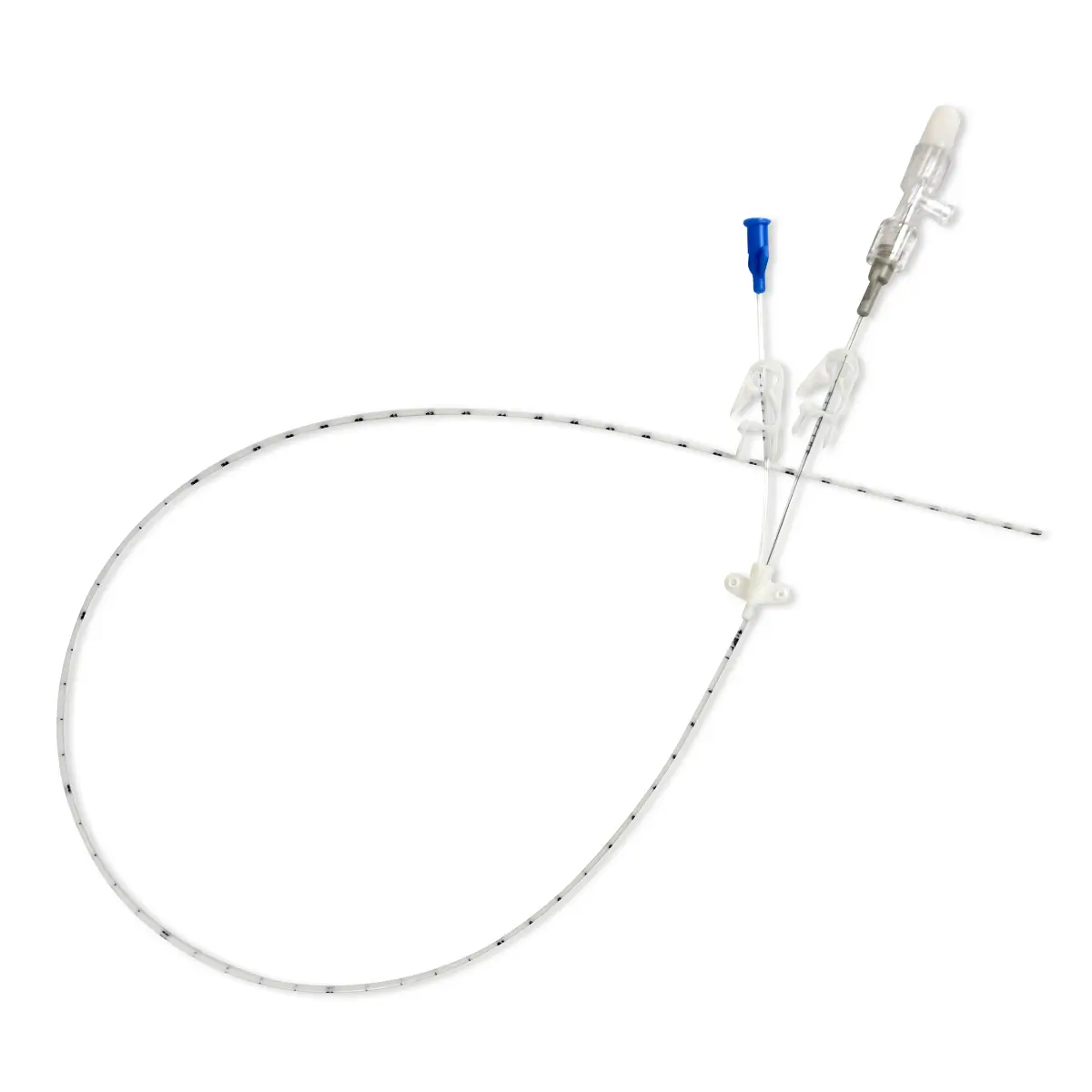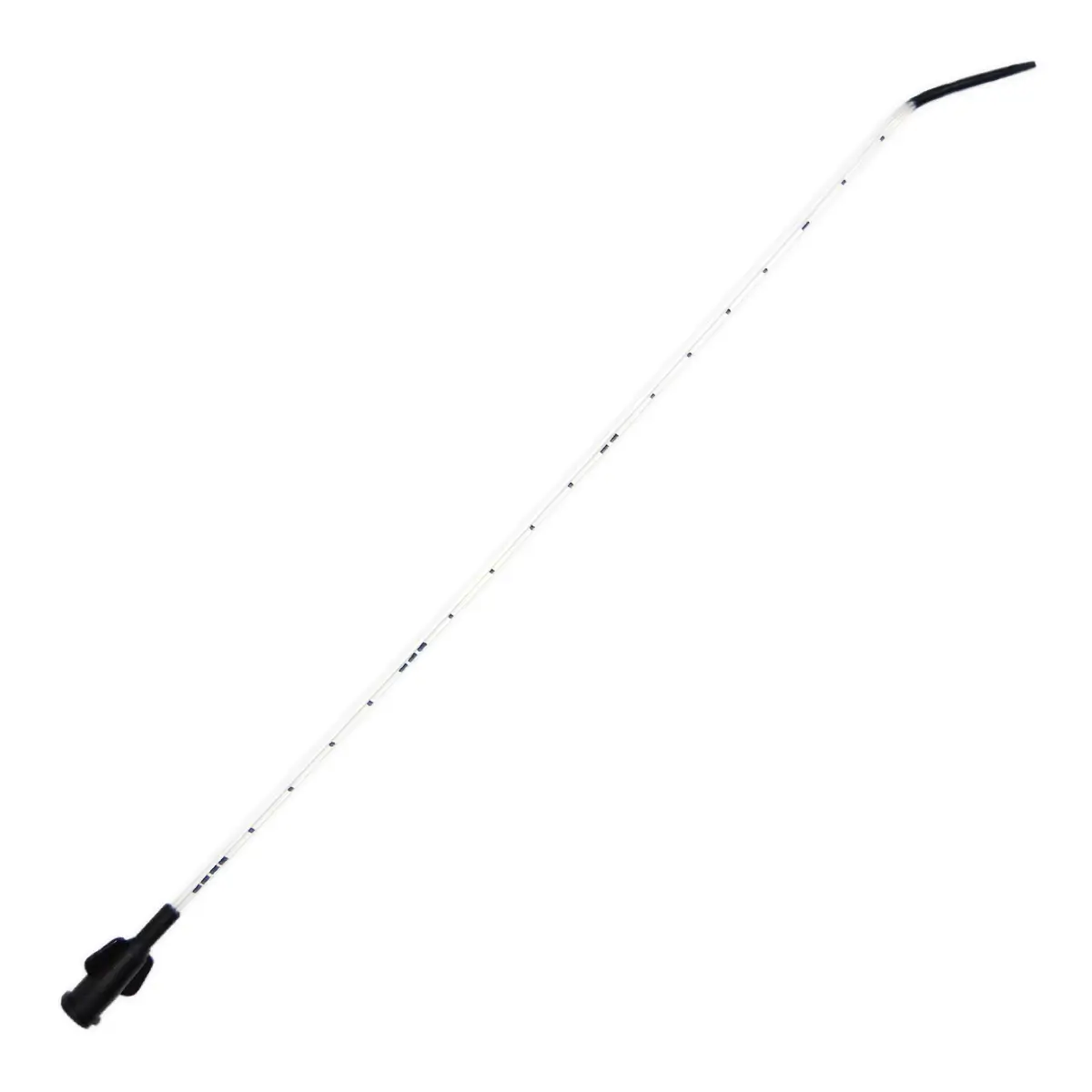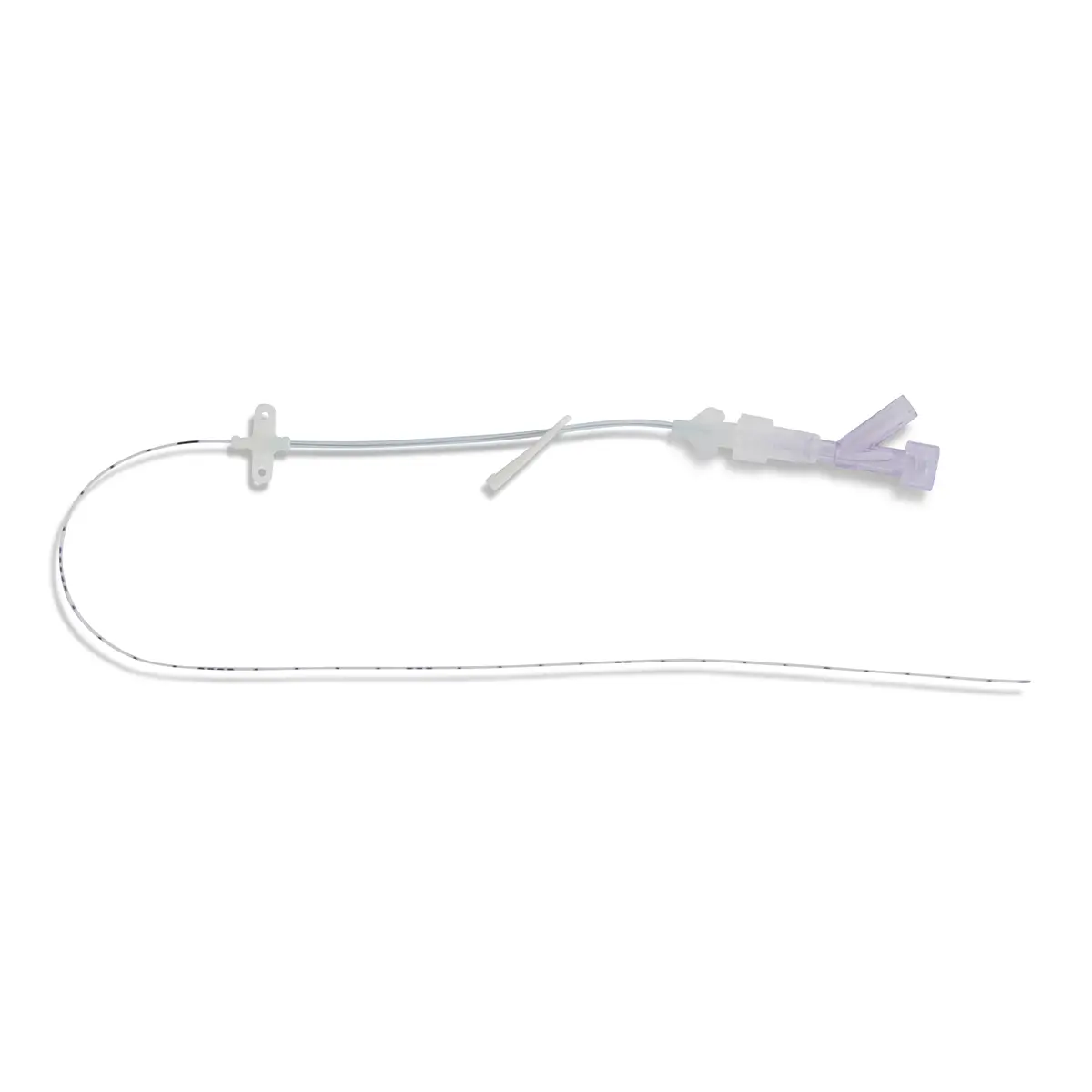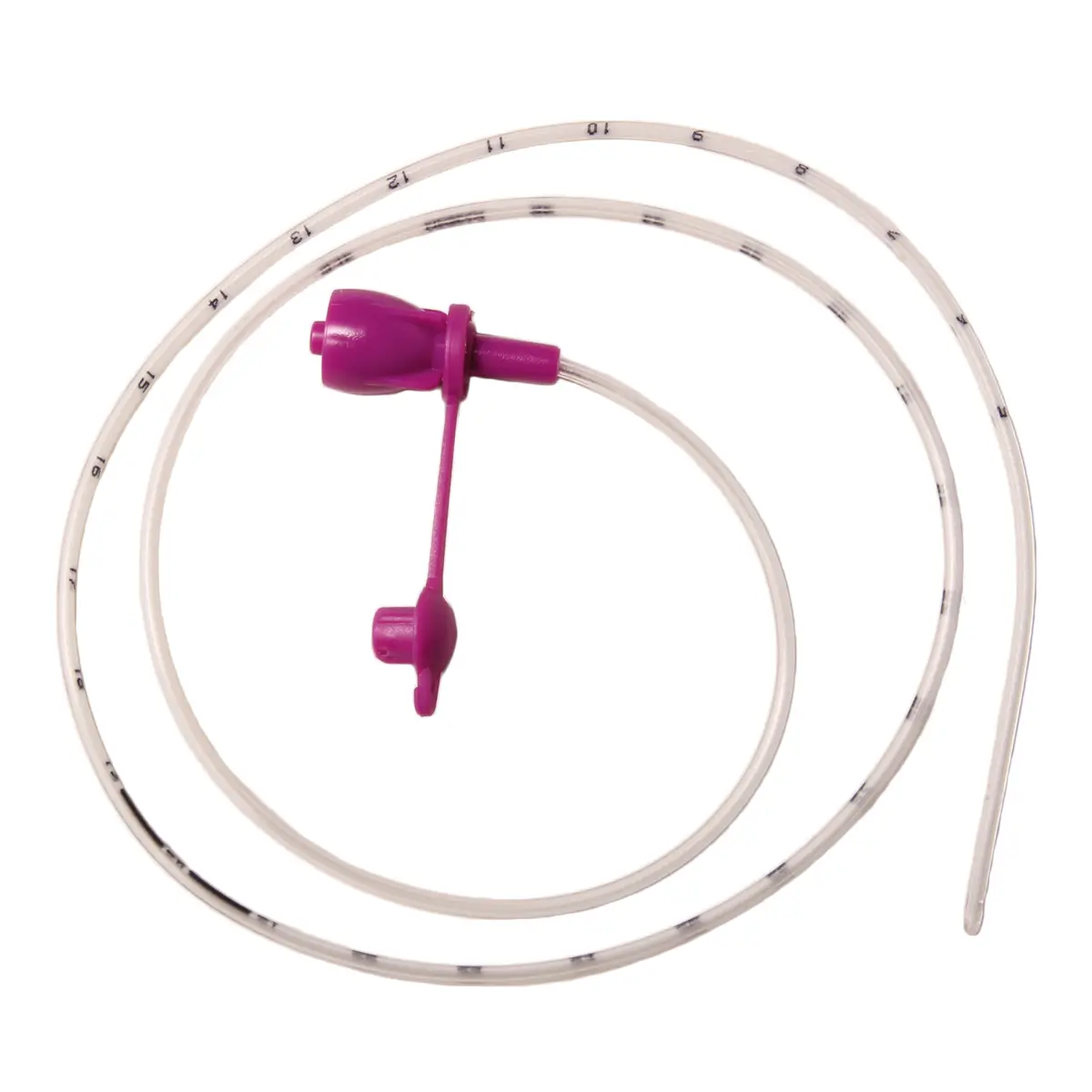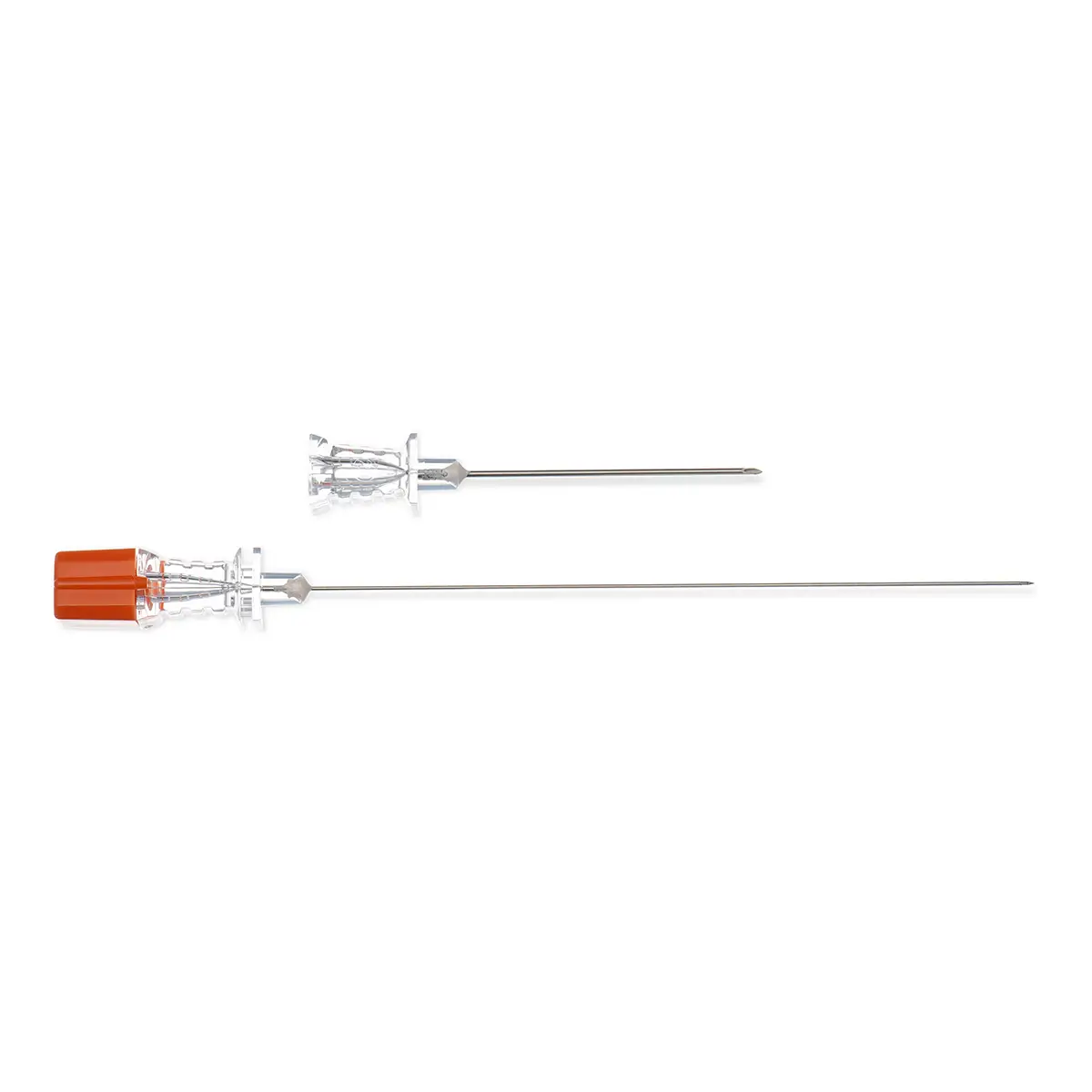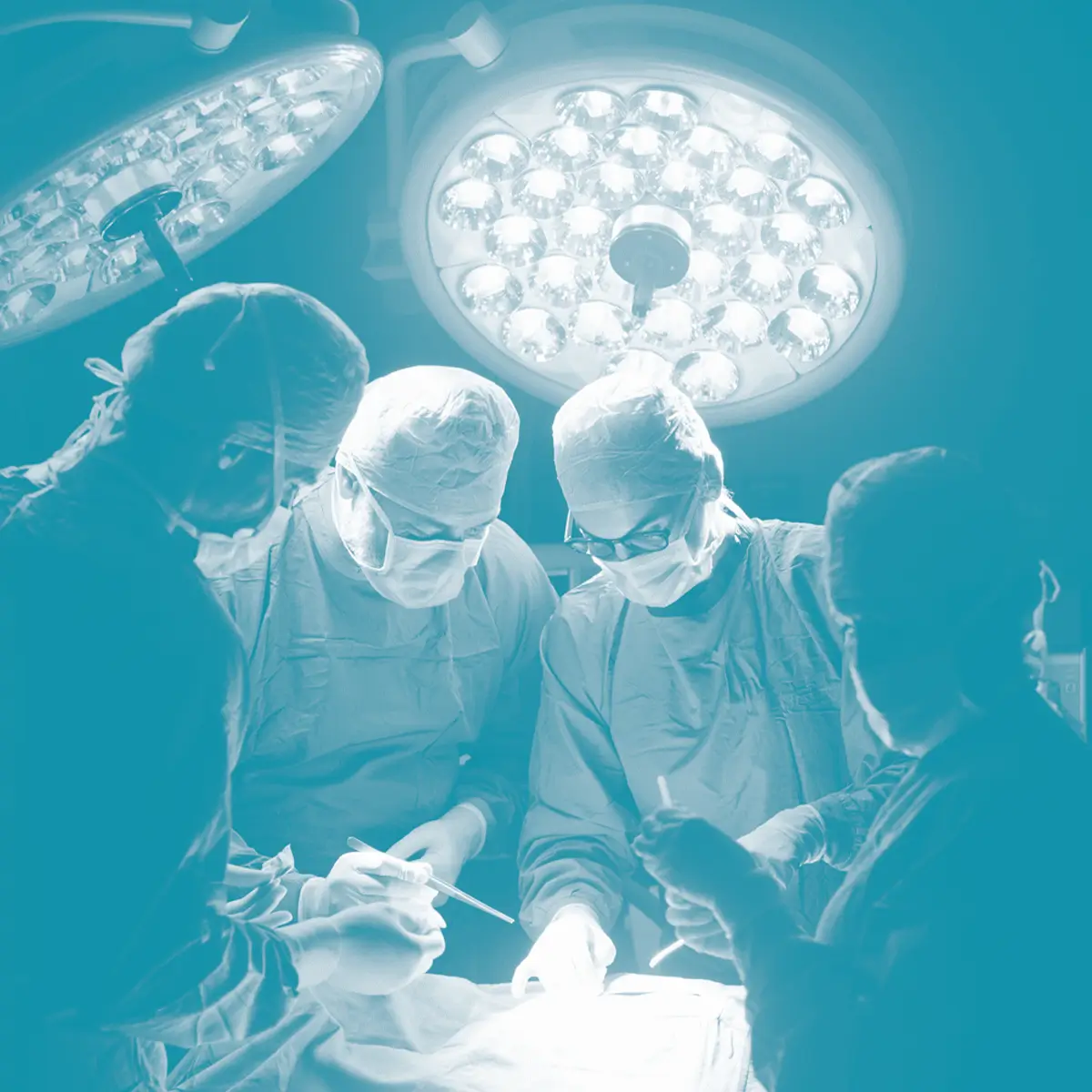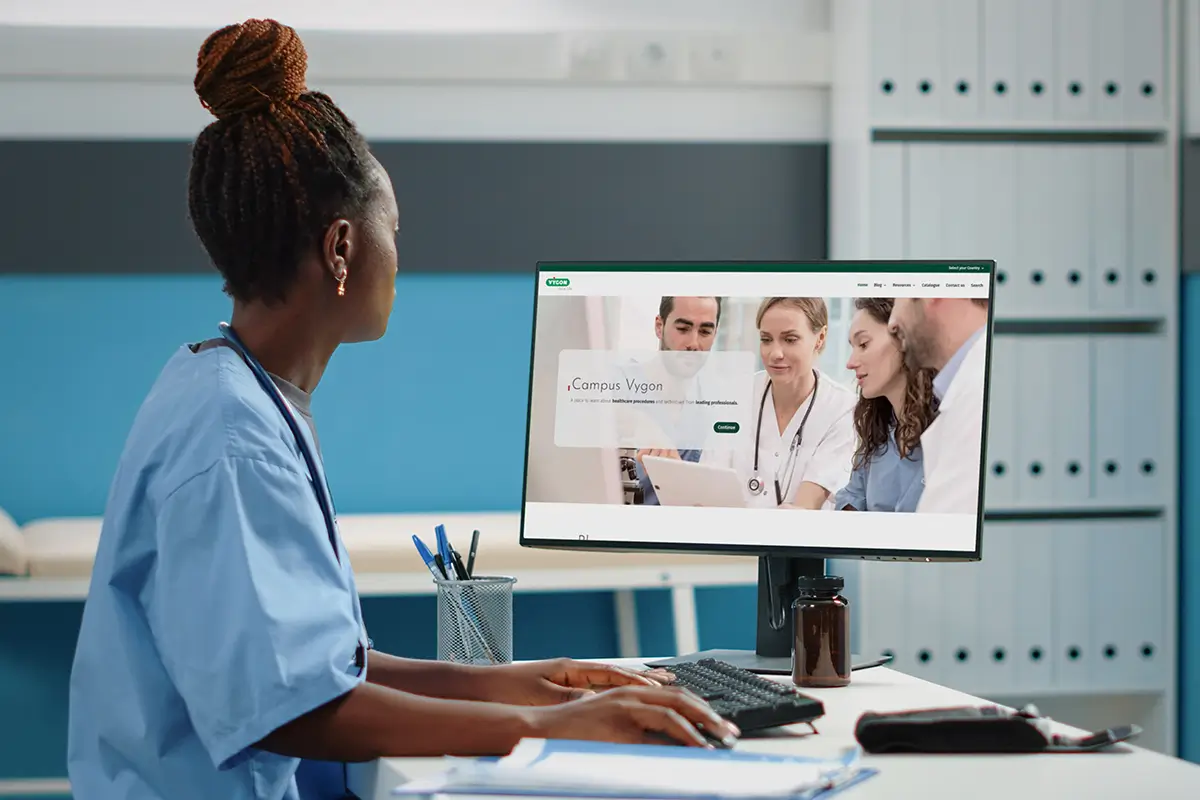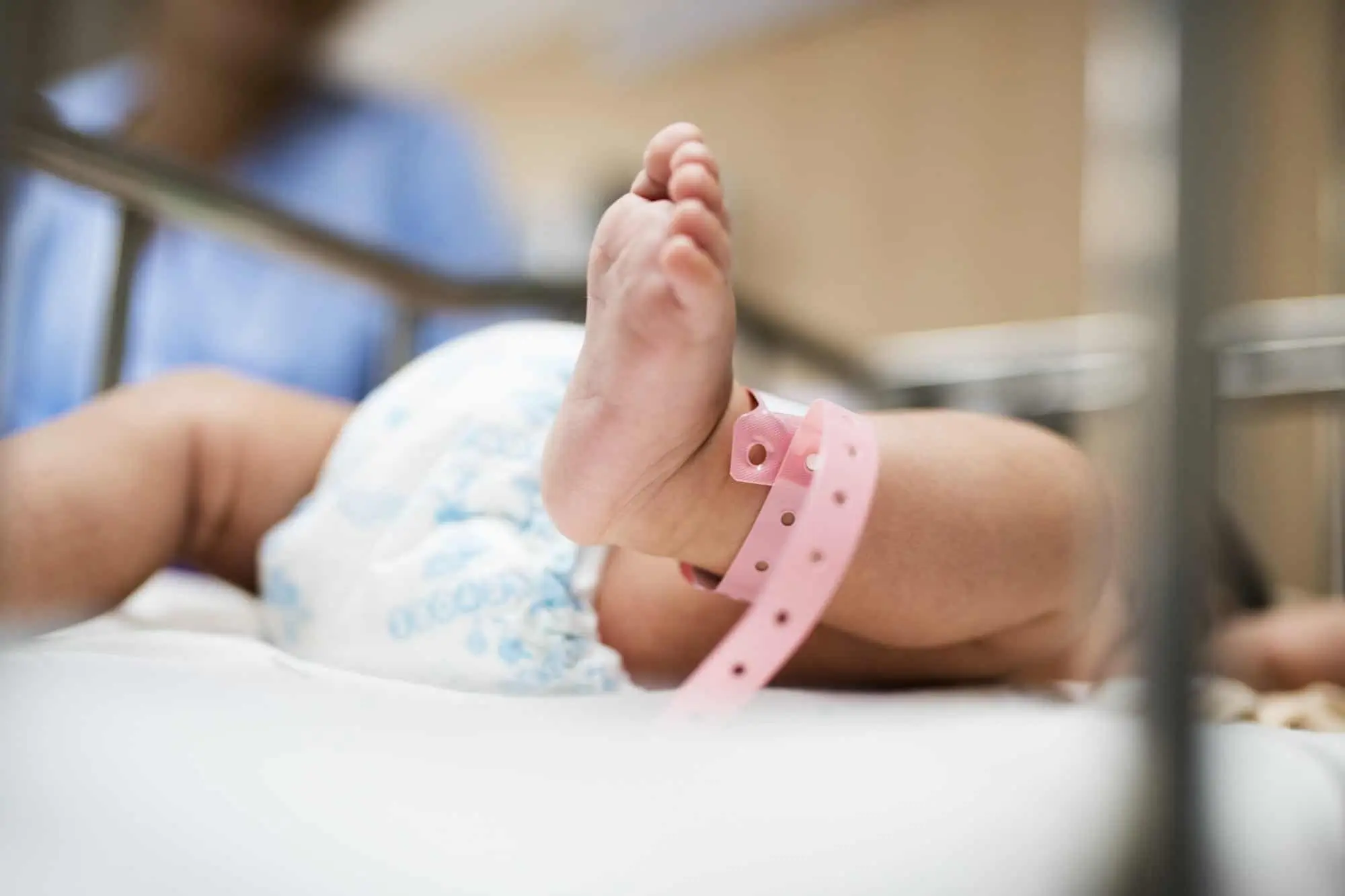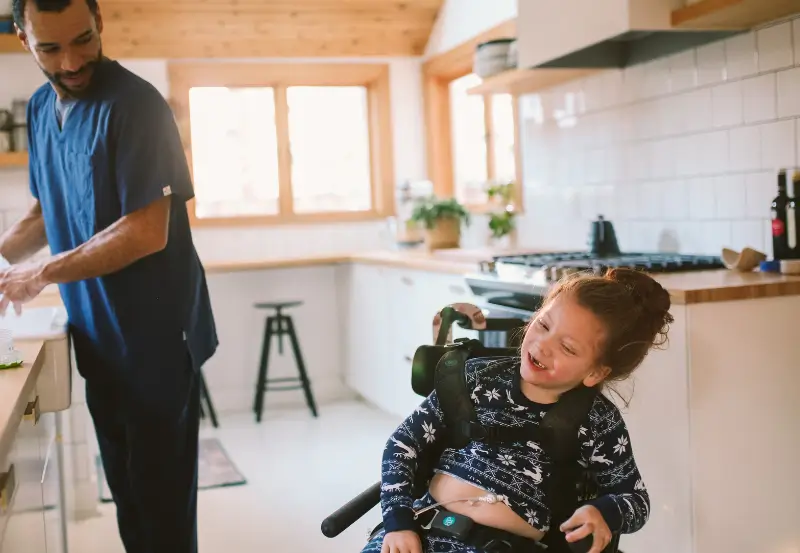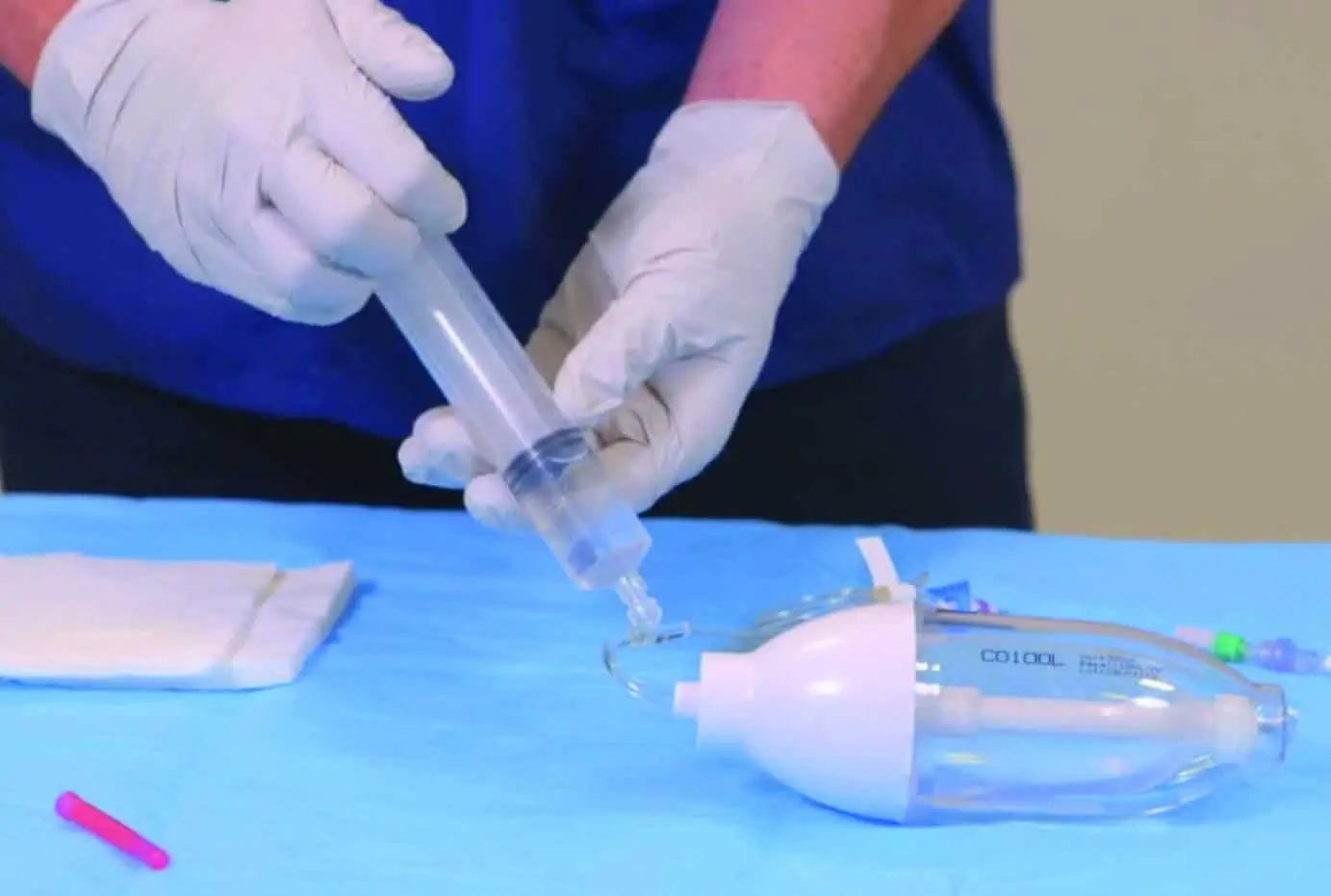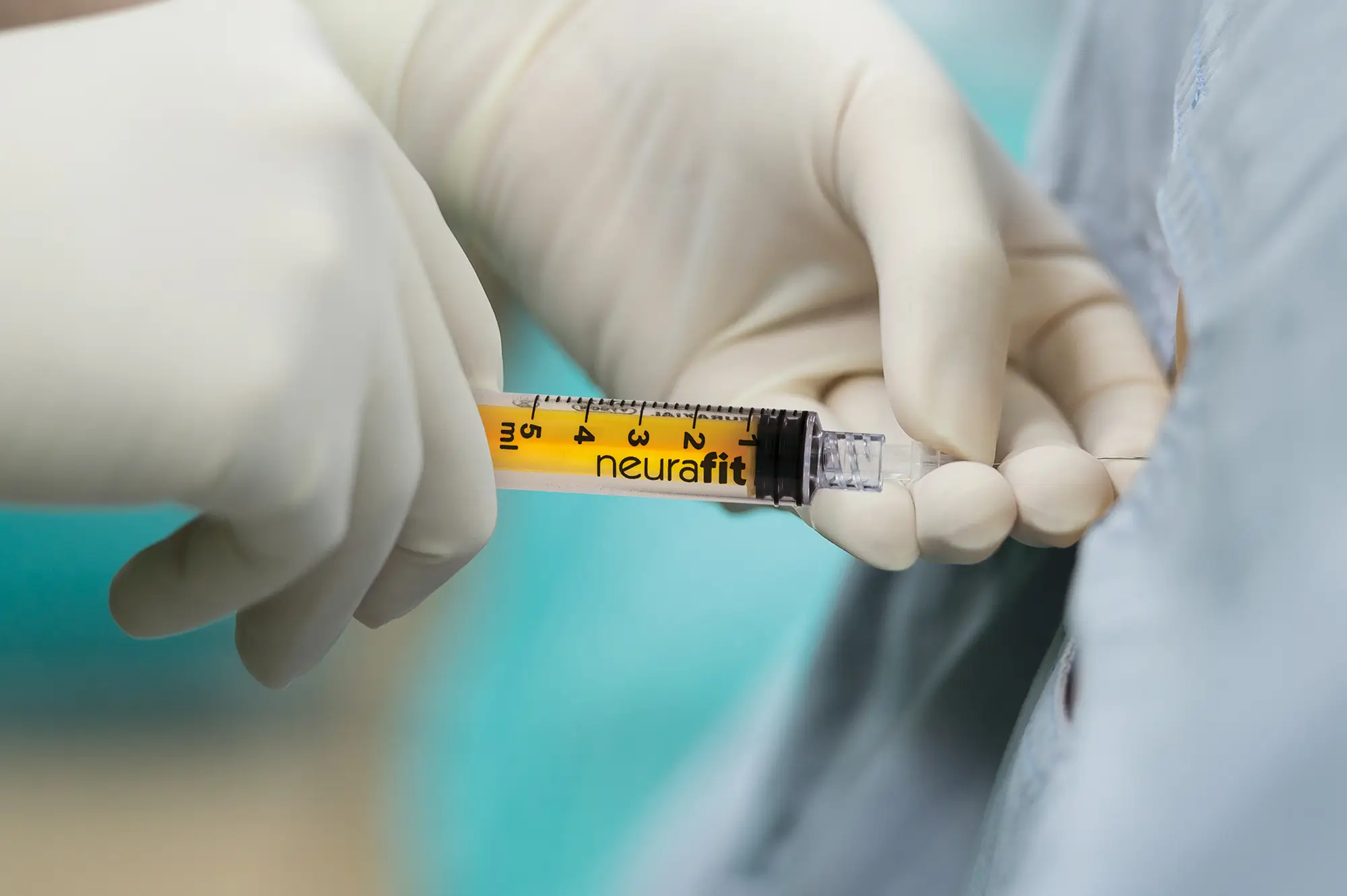Home / Critical Care / Critical Care Hub / Clinical Studies
Clinical Studies
FEATURED CLINICAL STUDY:
Assessment of cardiac output in children: A comparison between the pressure recording analytical method and Doppler echocardiography.
Marco Calamandrei, MD; Lorenzo Mirabile, MD; Stefania Muschetta, MD; Gian Franco Gensini, MD;
Luciano De Simone, MD; Salvatore M. Romano, PhD
Pediatr Crit Care Med 2008 Vol. 9, No.3
Patient Population Monitor
Paediatric patients in PICU Mostcare UP
Materials & Methods
48 patients between the ages of 1 month and 18 years in the intensive care unit, who were mechanically ventilated, were eligible for the study if they were in stable respiratory and hemodynamic condition.
Results
Significant correlation was found between the CO values obtained by Doppler echocardiography and those estimated by PRAM. In the 48 patients, CO estimated by PRAM was 2.6 ± 1.7 L/min, and CO obtained by Doppler echocardiography was 2.7 ± 1.6 L/min. The mean difference between the two estimates was 0.12 ± 0.27 L·min¯¹. The percentage error was 21%.

Conclusion
This study has shown that there is significant correlation, and good agreement between Doppler echocardiography and PRAM in paediatric patients of varying ages in a PICU setting.
Adult Clinical Trials
Marco Calamandrei, MD; Lorenzo Mirabile, MD; Stefania Muschetta, MD; Gian Franco Gensini, MD; Luciano De Simone, MD; Salvatore M. Romano, PhD
Pediatr Crit Care Med 2008 Vol. 9, No.3
Patient Population: Adult medical ICU & post-surgical cardiac ICU patients
Monitor: Mostcare UP
Materials & Methods
The study was carried out in a mixed medical-surgical ICU (32 patients monitored with PiCCO), and in a postcardiac surgical ICU (16 patients monitored with Vigilance).
Results
A total of 112 measurements were made. 96 comparisons of paired CO measurements were made in patients hospitalised in medical-surgical ICU; 16, in cardiac surgical patients.
The mean Vigilance-CO was 4.49 ± 0.99 L/min, and the mean PRAM-CO was 4.27 ± 0.88 L/min. The percentage error was 25%.
Mean TP-CO was 6.78 ± 2.04 L/min, and the mean PRAM-CO was 6.11 ± 2.18 L/min. The percentage error was 28%.
Conclusion
PRAM showed good agreement with pulmonary artery catheter and PiCCO and proved to be accurate and reliable in haemodynamically stabilised patients. The use of the PRAM system could play an important role in emergency situations, as in most of these cases using other invasive monitoring systems could be not practicable, or they are time consuming thereby causing a delay in clinical interventions, or they may not be recommended
Sabino Scolletta, Federico Franchi, Stefano Romagnoli, Rossella Carlà, Abele Donati, Lea P. Fabbri, Francesco Forfori, José M. Alonso-Iñigo, Silvia Laviola, Valerio Mangani, Giulia Maj, Giampaolo Martinelli, Lucia Mirabella, Andrea Morelli, Paolo Persona, Didier Payen, Pulse wave analysis Cardiac Output validation (PulseCOval) Group.
Crit Care Med 2016; 44:1370–1379
Patient Population: 400 adult ICU patients.
Monitor: Mostcare UP
Materials & Methods
The study was conducted in 15 European medical-surgical ICUs. 400 patients were selected where an echocardiographic evaluation was performed as a routine need, or for cardiocirculatory assessment.
Results
A total of 400 paired echocardiographic cardiac output and MostCare cardiac output measures were compared.
MostCare cardiac output values ranged from 1.95 - 9.90L/min, ehocardiographic cardiac output ranged from 1.82 - 9.75L/min and overall percentage error within limits of agreement. This shows Significant correlation between echocardiographic cardiac output and MostCare cardiac output.
Conclusion
MostCare showed significant correlation with echocardiography in a large range of clinical conditions, suggesting Mostcare can be used as an alternative technique to measure CO in ICU patients in a wide range of conditions.
Paediatric Clinical Trials
Isabella Favia, Alessandra Rizza, Cristiana Garisto, Roberta Haiberger, Luca Di Chiara, Stefano Romagnoli, Zaccaria Ricci.
Interactive CardioVascular and Thoracic Surgery (2016), 1–5
Materials & Methods
40 consecutive patients where PRAM algorithm was used the first 24 postoperative hours. Haemodynamic and clinical values were analysed as time-weighted average values at four postoperative time points (during the first 2 h from PCICU admission, from the 3rd - 6th, from the 7th - 12th, and from the 13th - 24th) and correlated with respective variables recorded and averaged at the same time points.
Results
Median age, CPB time and Aristotle score were 85 days, 157 minutes and 8.9, respectively.
CI values at the four time points were 2.89 (2.67–3.19), 2.94 (2.60–3.17), 2.84 (2.64–3.26) and 2.93 (2.58–3.46) l/min/m2, respectively. CI values correlated with lactate levels, systolic pressure, heart rate, vasoactive inotropic score and diuretic dose.
In patients with low cardiac output syndrome (diagnosed according to clinical metabolic indexes), CI values estimated by PRAM were significantly lower than those of patients without signs of low cardiac output syndrome: 3.0 vs 2.8, 3.1 vs 2.7, 3.2 vs 2.7 and 3.2 vs 2.7 l/min/m2, respectively.
Patients with a CI equal to or above 3 l/min/m2, compared with others, showed a significantly lower increase in creatinine levels from PCICU arrival to postoperative day 1: 0.07 vs 0.21 mg/dl. Prediction of mechanical ventilation duration was independently associated only with CI in a multivariable model after adjustment for Aristotle score, vasoactive inotrope score, cross-clamp time, creatinine levels at PCICU admission and patient’s age.
Conclusion
CI estimated by PRAM after paediatric cardiac surgery was reliably associated with clinical indicators of tissue perfusion, with vasoactive and diuretic drug requirements, and predicted longer mechanical ventilation duration.
Jose M. Alonso-Inigo, Francisco J. Escriba, Jose I. Carrasco, Marıa J. Fas, Pilar Argente, Jose M. Galvis, Jose E. Llopis
Pediatric Anesthesia ISSN 1155-5645
Materials & Methods
The prospective, single-centre, observational study was conducted in a paediatric cardiac laboratory, enrolling patients aged 0-14, who passed exclusion criteria based on FICK and PRAM methodologies. Patients were managed according to clinical criteria of the responsible physician and data obtained was not used for clinical decision making.
Results
Forty CI measurements were performed.
The data showed good agreement between CI Fick and CI PRAM, mean bias -0.075, limits of agreement from -0.56 to 0.41. The percentage error was 17%.
Comparable results were obtained for patients <20 kg, mean bias -0.135, limits of agreement from
-0.35 to 0.62, percentage of error 17%.
Conclusion
In paediatric patients undergoing diagnostic right and left heart catheterization, the MostCare shows an estimate of CI with a good level of agreement with the Fick method.
If you would like more information on any of the clinical studies about or how Vygon can support you in the delivery of haemodynamic monitoring, contact us using the form below.


